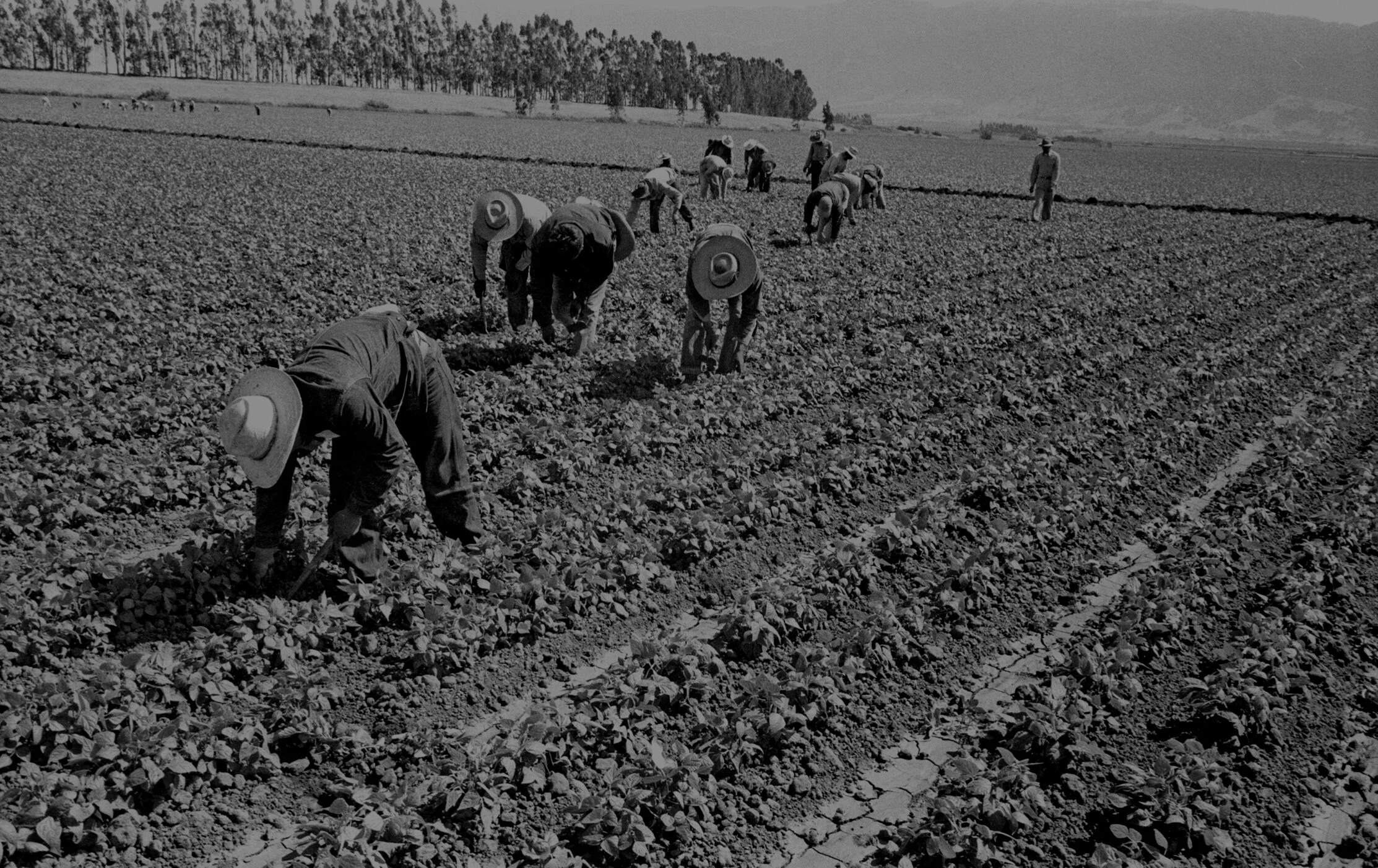Dependence on Mexican labor has been a source of great opportunity as well as great conflict for Mexicans and Americans. In 1942, facing labor shortages caused by World War II, the United States initiated a series of agreements with Mexico to recruit Mexican men to work on U.S. farms and railroads. These agreements became known as the bracero program. (Bracero is a term used in Mexico for a manual laborer.)
Between 1942 and 1964, an estimated two million Mexican men came to the United States on short-term labor contracts. A little-known chapter of American and Mexican history, the bracero program touched the lives of countless men, women, families, and communities. Both bitter and sweet, the bracero experience tells a story of exploitation but also of opportunity.
Bittersweet Harvest Classroom Activities
The story of the Bracero labor program can inspire students to explore a wide variety of subjects, including immigration, history, geography, economy, and world culture. Student projects might range from conducting oral histories to designing murals, or from historical research on migration and labor to learning about the nation’s agricultural heritage. Here are some suggested online resources to get you started.
The Bracero History Archive documents the preserves the history of the bracero program, with oral histories, transcripts, photos, documents and objects and is a project of the Roy Rosenzweig Center for History and New Media, George Mason University, the Smithsonian National Museum of American History, Brown University, and The Institute of Oral History at the University of Texas at El Paso. Funding provided by the National Endowment for the Humanities.
Activity: Learning from Photos (grades 6 through 12)
Students will discuss their thoughts on immigration and use photographs to develop deeper understandings of the Bracero labor program.Activity: Tracing the Route of a Bracero (grades 6 through 8)
Students will examine an oral history related to the Bracero worker program and present their research on a map.Activity: Learning from Documents (grades 6 through 12)
Students will examine two public laws and other primary resources related to the Bracero worker program and apply their knowledge to evaluate whether the program was carried out as intended.
The Public Broadcasting Service (PBS) has many educational resources available for teachers, including documentaries about Braceros history in the United States. There are also two related teaching guides, Exploring the Bracero Program and Mexican Labor and World War II: The Bracero Program.
Bittersweet Harvest: The Bracero Program was organized by the National Museum of American History in partnership with the Smithsonian Institution Traveling Exhibition Service, and received federal support from the Latino Initiatives Pool, administered by the Smithsonian Latino Center. All photographs by Leonard Nadal.










